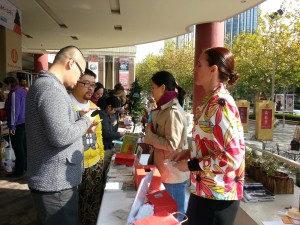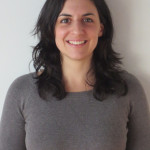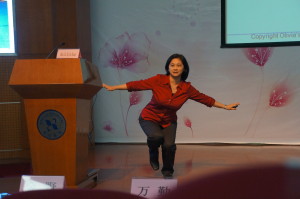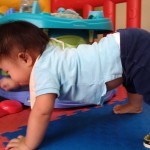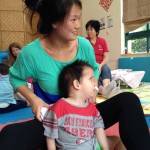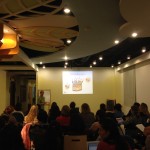Because cutting and other means of self-harm tend to be taboo subjects, the people around a young person —and possibly even the young person themselves—may harbor serious misconceptions about the young person’s motivations and state of mind.
MYTH: Self-harm is not very common and our teenagers will be unlikely to know about it.
FACT: According to studies in USA and Europe around 14% of adolescents report deliberately trying to harm themselves. It is 3-4 times more common in girls than boys. People who self harm are more likely to tell a peer about their self harm rather than a parent or teacher and one study found that 58% of young people are likely to know of someone who self harms.
MYTH: Self-harm is a suicidal act.
FACT: Although people do die from self-harm, these instances are accidental; in general, self-harmers do not want to die. In fact, self-injury may be a way of coping, of regaining control of pain— in order to go on living.
MYTH: People who self-injure are crazy.
FACT: Those who self-harm are usually dealing with trauma, not mental health problems. There are exceptions, but by and large, the young person is probably trying to cope with problems in the only way they know how.
MYTH: Injuring yourself is a cry for attention.
FACT: Friends, family, and even healthcare professionals may think that if a young person hurts themself, they are seeking attention, but the painful truth is that people who self-harm generally try to hide what they are doing—rather than draw attention to it—because they feel ashamed and afraid.
MYTH: Self- harm is just the latest fashion which young people will grow out of.
FACT: Self-harm is not a phase or a fashion. Listening to certain music or dressing in certain ways does not lead to self-harm. People of all ages, backgrounds, and genders self-harm. Self-harm is always a signal that something is seriously wrong.
MYTH: Don’t approach a young person who self-harms; send them straight to the doctor.
FACT: Taking time to listen without judging encourages young people to get their problems out into the open- the first step along the road to recovery. Self-harm can make you feel helpless as a parent but when you don’t know what to do be assured that listening to the young person is very important.
At Olivia’s Place we support young people who self harm and their families. We have several psychologists experienced in offering therapies to help the young person cope with their feelings differently. We also believe it is important for the family of the young person to get support in understanding why their child self harms and learning how to best help them on their way to recovery. We offer counselling for parents as a couple, family therapy, and a 10 week psycho-educational support group specifically for parents of children who self-harm. Please get in touch with our psychologists to find out more.






